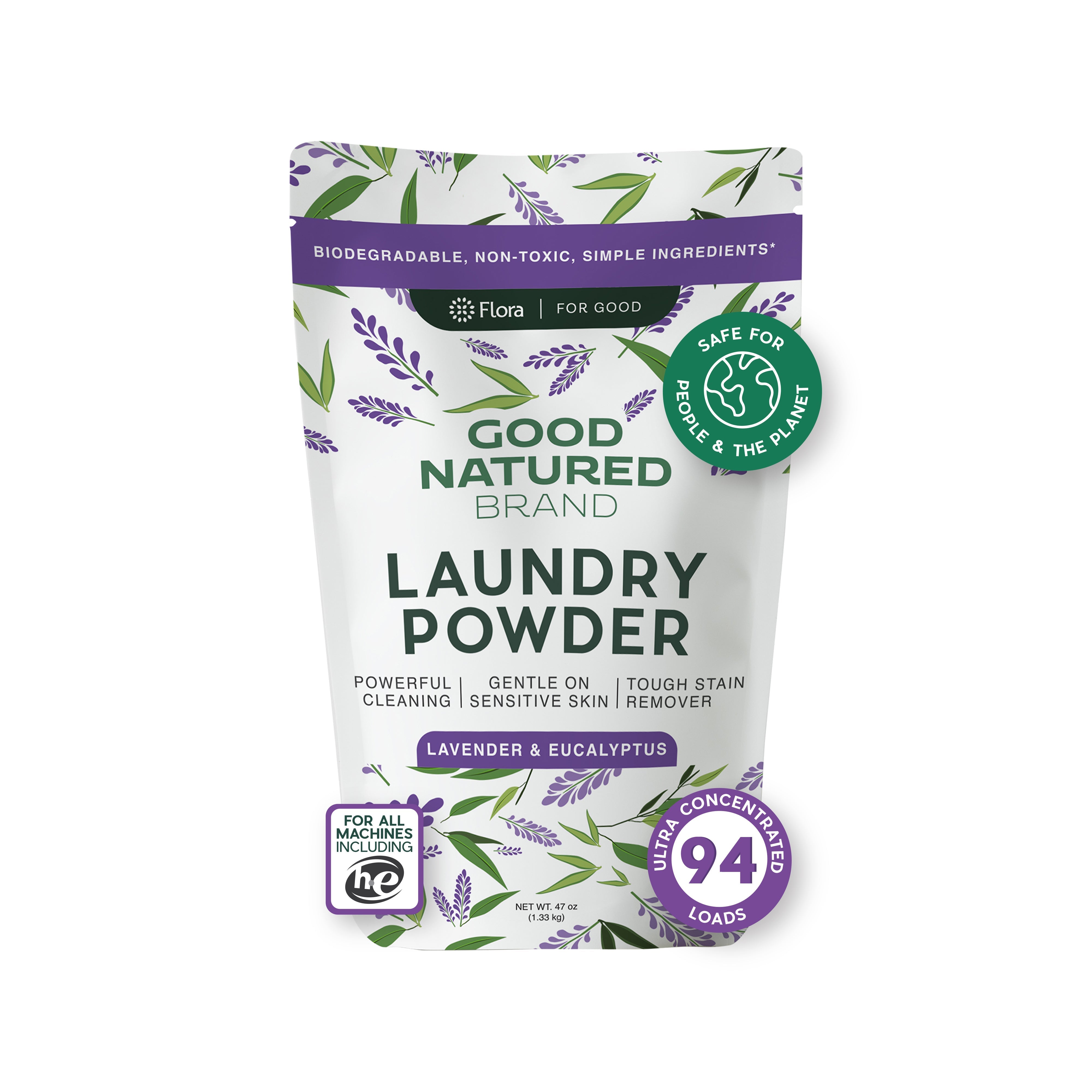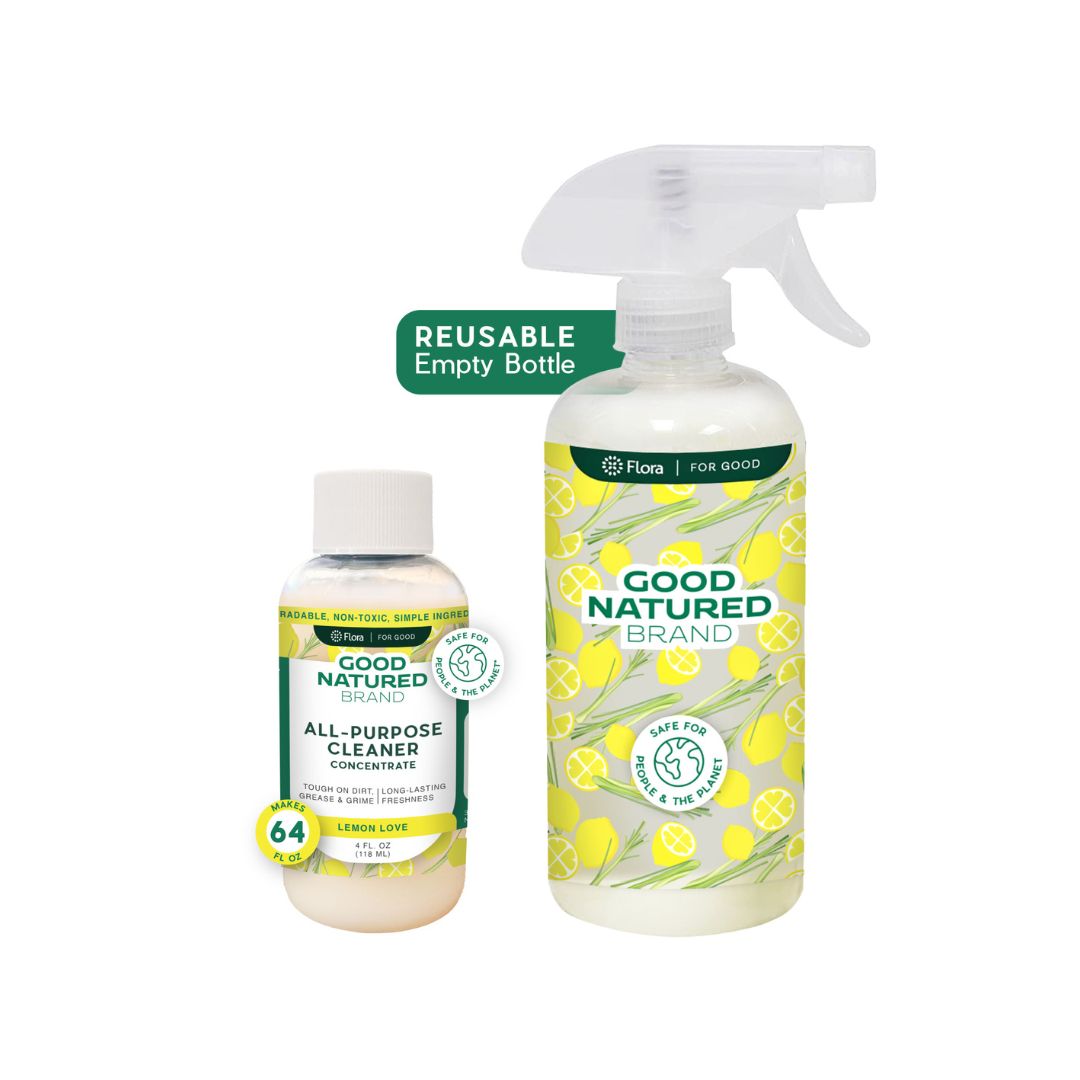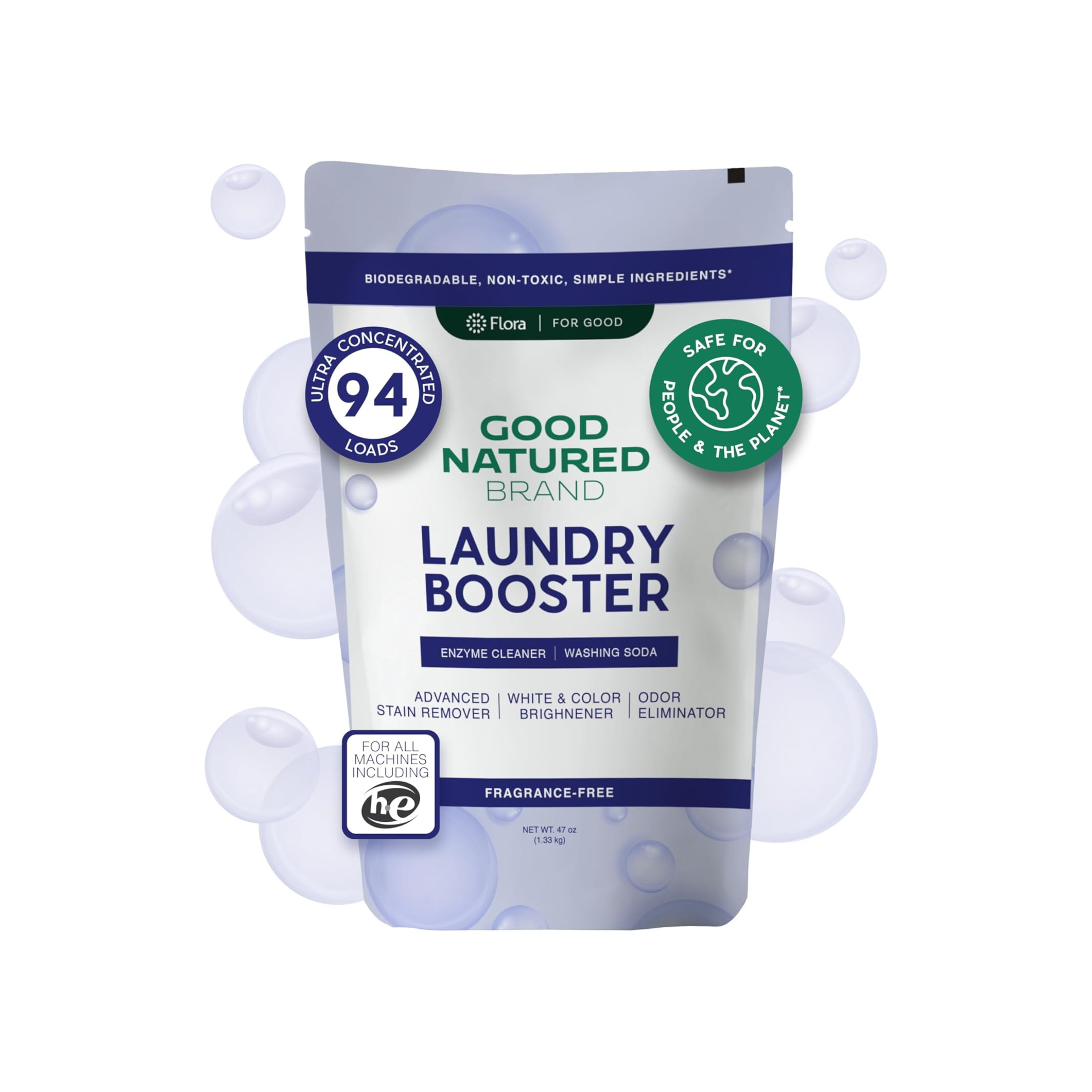Understanding the Unique Challenges of Winter for Outdoor Dogs
As the winter months approach, pet owners must be vigilant about the unique challenges that cold weather presents to outdoor dogs. While many dogs enjoy playing in the snow and frolicking in the chilly air, it's essential to ensure their safety and comfort during these colder months. Just like humans, dogs can suffer from cold-related health issues if not properly cared for. This guide will explore winter safety tips for outdoor dogs, focusing on natural ways to keep them warm and healthy.
The Physiological Effects of Cold Weather on Dogs
Dogs are susceptible to a range of cold weather-related ailments. Their physical well-being can be significantly impacted by low temperatures, especially for those breeds that are not naturally equipped for harsh winter conditions. Here are a few considerations:
-
Hypothermia: This occurs when a dog's body temperature drops too low. Symptoms can include shivering, lethargy, and difficulty walking. Small or short-haired breeds are particularly at risk.
-
Frostbite: Exposed areas, such as the ears, tail, and paw pads can suffer frostbite from prolonged exposure to freezing temperatures. It’s crucial to check these areas after outdoor play.
-
Ice and Snow Hazards: Dogs can be injured by slipping on icy surfaces or by ingesting harmful substances like antifreeze, which is often present in winter.
To prevent these conditions, pet owners must take proactive measures to ensure their dogs remain safe and warm.
Recognizing Signs of Cold Stress in Dogs
Understanding your dog’s behavior is key in recognizing when they are uncomfortable due to the cold. Signs of cold stress may include:
-
Shivering or shaking: This is often the first indication that a dog is cold.
-
Whining or barking: If your dog is vocalizing more than usual, it may be trying to communicate discomfort.
-
Seeking shelter: If your dog begins to look for warmth or a place to hide from the cold, it’s time to bring them indoors.
By being aware of these signs, you can take immediate action to protect your dog from the cold.
Choosing the Right Dog for Cold Weather
If you're considering adopting a dog and live in a region with harsh winters, certain breeds are better equipped to handle the cold. Breeds that have thick coats, such as Siberian Huskies, Alaskan Malamutes, and Bernese Mountain Dogs, are naturally more resistant to cold weather. On the other hand, smaller or short-haired breeds, like Chihuahuas or Dachshunds, may struggle in colder climates and require additional protection.
Essential Gear for Cold Weather
Investing in the right gear can make a significant difference in your dog's comfort level during winter. Here are some essentials to consider:
-
Insulated Dog Coats: These provide an extra layer of warmth, especially for short-haired breeds. Look for coats that are water-resistant and cover the belly for added protection.
-
Booties for Paws: Protecting your dog's paws from snow, ice, and harmful chemicals like salt is crucial. Dog booties can prevent injuries and keep their paws warm.
-
Reflective Gear: With shorter daylight hours in winter, reflective gear helps ensure your dog is visible during walks, especially in low-light conditions.
Natural Ways to Keep Dogs Warm
Besides gear, there are several natural methods to keep your outdoor dog warm in winter:
-
Quality Bedding: Invest in a well-insulated dog house or provide a warm, sheltered area with adequate bedding. Materials like straw, blankets, or specially designed pet beds can help retain heat.
-
Outdoor Shelter: Ensure that your dog's shelter is draft-free and kept off the ground to avoid cold surfaces. Elevating the shelter can also provide protection from the cold ground.
-
Warm Food and Water: Feeding your dog warm meals can help raise their body temperature. Additionally, ensure their water bowl doesn't freeze, as hydration is crucial even in winter.
-
Limit Outdoor Time: While exercise is important, it’s essential to monitor how long your dog spends outside during extreme cold. Shorter play sessions can prevent cold stress.
Creating a Cozy Outdoor Space
For outdoor dogs, having a well-structured and insulated space is crucial. If your dog spends significant time outdoors, consider the following:
-
Insulated Dog Houses: Invest in a quality dog house that offers insulation against the cold. Ensure that the dog house is elevated off the ground to prevent heat loss and is shielded from harsh winds. Adding straw or blankets inside can provide extra warmth.
-
Bedding Materials: Use bedding that retains heat, such as straw, which is excellent for insulation. Avoid using items that can retain moisture, as wet bedding can lead to cold and discomfort.
-
Windbreaks: If your dog spends time outside, create windbreaks using tarps or fences to shield them from icy winds. Position their shelter in a location that is protected from the elements.
Monitoring Your Dog’s Temperature
Keeping an eye on your dog’s physical state is essential during the winter months. Knowing the signs of discomfort due to cold can help you take timely action:
-
Shivering: If your dog begins to shiver, it’s a clear sign they are cold. Bring them inside or provide them with a warm blanket to snuggle in.
-
Paw Care: Ice and snow can become trapped in the fur between your dog’s paw pads. Check their paws regularly for ice buildup and any signs of injury. Consider using Carpet Deodorizers for cleaning up any mess after your dog comes back inside.
-
Behavior Changes: Pay attention to changes in behavior. If your dog is reluctant to go outside or appears anxious, it could be a sign that they are uncomfortable with the cold.
Nutrition and Hydration for Winter
Proper nutrition plays a vital role in helping your dog stay warm during the winter months. Here are some tips to keep in mind:
-
Increased Caloric Intake: Consider providing your dog with a slightly higher caloric intake during winter. Cold weather can increase their energy expenditure as they work harder to maintain body temperature.
-
Warm Meals: Offering warm meals can help raise your dog’s body temperature. You can warm their food slightly before serving it to them.
-
Hydration: Always ensure that your dog has access to fresh, unfrozen water. Hydration is just as important in winter as it is in summer. Use insulated water bowls to help keep the water from freezing.
Exercise and Playtime
While winter may bring cold temperatures, it’s important for your dog to remain active. Regular exercise helps maintain their health and happiness:
-
Shorter Walks: Instead of long walks, consider taking shorter, more frequent walks to keep your dog active without exposing them to the cold for too long.
-
Indoor Activities: On particularly cold days, engage your dog in indoor activities. Play fetch in a safe area, or set up an obstacle course using household items. This keeps their energy levels up without the risks associated with cold weather.
-
Interactive Toys: Invest in enriching toys that challenge your dog mentally, keeping them entertained while indoors. DIY options can also be fun and eco-friendly.
Grooming and Coat Care
Maintaining your dog’s coat is crucial during winter. Here are some grooming tips to keep in mind:
-
Regular Brushing: Brushing your dog’s coat helps remove dead hair and matting, which can trap moisture and make them colder. A clean coat can help maintain body heat.
-
Bathing Considerations: If you need to bathe your dog during winter, ensure they are fully dry before letting them back outside. Use a warm blow dryer on a low setting to help with drying.
-
Choosing the Right Coat: For dogs with short or thin fur, consider investing in a warm dog coat. Look for options that are water-resistant and fit snugly to retain body heat.
Emergency Preparedness
Being prepared for winter emergencies is essential for every pet owner:
-
Create an Emergency Kit: Prepare a kit that includes essentials like food, water, a first-aid kit, and extra blankets for your dog. This is especially important in case of severe weather conditions.
-
Identification: Ensure your dog’s identification is up-to-date. In the event of an emergency, having your pet's information readily available can help facilitate their return.
-
Vet Contacts: Keep contact information for your veterinarian handy, especially if you notice signs of cold-related issues in your dog.
Conclusion
By implementing these winter safety tips, you can ensure that your outdoor dog remains warm, healthy, and happy throughout the colder months. From creating a cozy outdoor space to monitoring their health and adjusting their diet, each step you take will contribute to your dog’s well-being.
For a clean and fresh environment that complements your efforts, consider incorporating All Purpose Cleaners to maintain hygiene in your home and keep your dog’s space inviting. Additionally, explore Laundry Powders to keep their bedding clean and fresh.
Stay tuned for more insights and tips on caring for your pets in every season!



















